Arrive - settle in next to Mom, with a cup of hot nettles and honey.
Listen and talk - time for questions.
Midwife-y tasks, like measuring blood pressure and listening to baby's heartbeat.
Perform the Newborn Screens, for the Minnesota Department of Health.
Signature Lying-In massage.
Warm, salted, herby bath.
Fresh linens are placed on the bed.
In the kitchen: Sitz bath packets are prepared for the week and placenta is encapsulated.
Bedside table is tidied and stocked - things that Mom will need, within arm's reach.
Warm, herb-scented towels are wrapped around Mom.
Another cup of tea and some medicine.
Mom and baby tucked back into bed, together.
Listen and talk - time for questions.
Midwife-y tasks, like measuring blood pressure and listening to baby's heartbeat.
Perform the Newborn Screens, for the Minnesota Department of Health.
Signature Lying-In massage.
Warm, salted, herby bath.
Fresh linens are placed on the bed.
In the kitchen: Sitz bath packets are prepared for the week and placenta is encapsulated.
Bedside table is tidied and stocked - things that Mom will need, within arm's reach.
Warm, herb-scented towels are wrapped around Mom.
Another cup of tea and some medicine.
Mom and baby tucked back into bed, together.

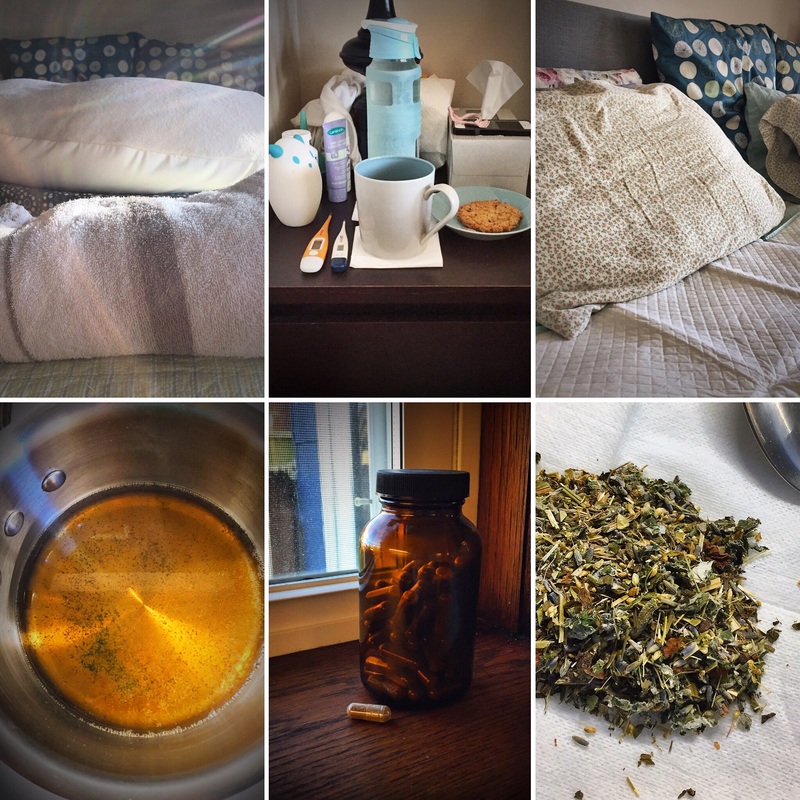
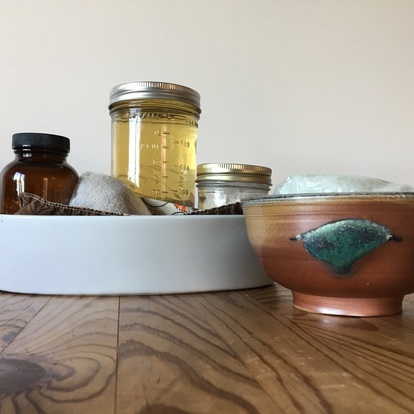



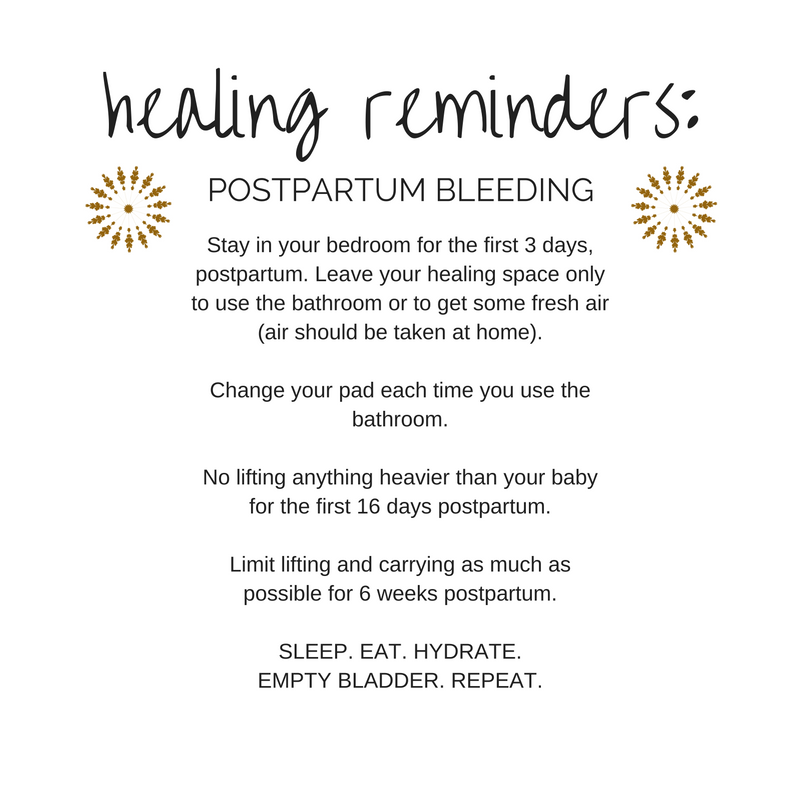




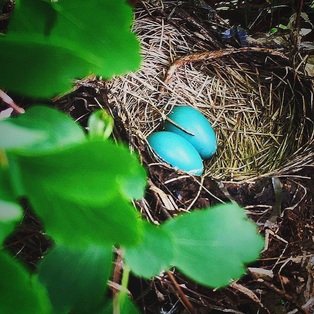
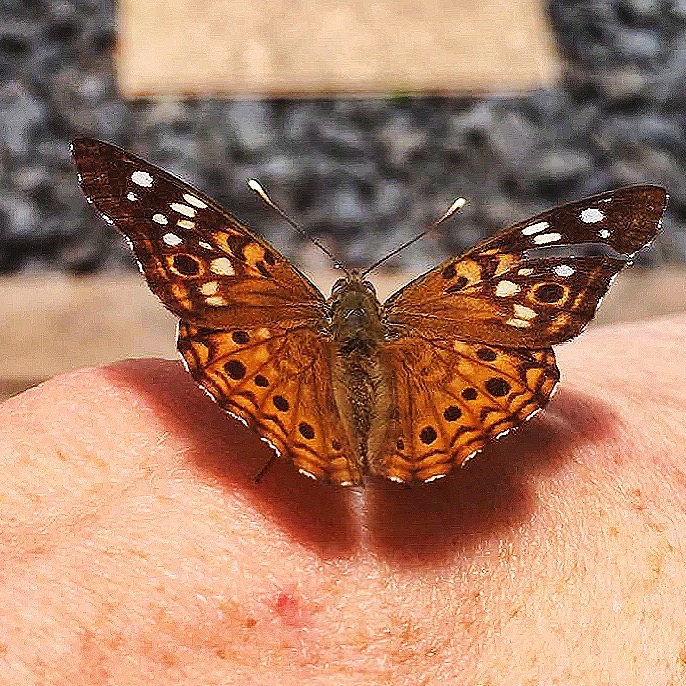
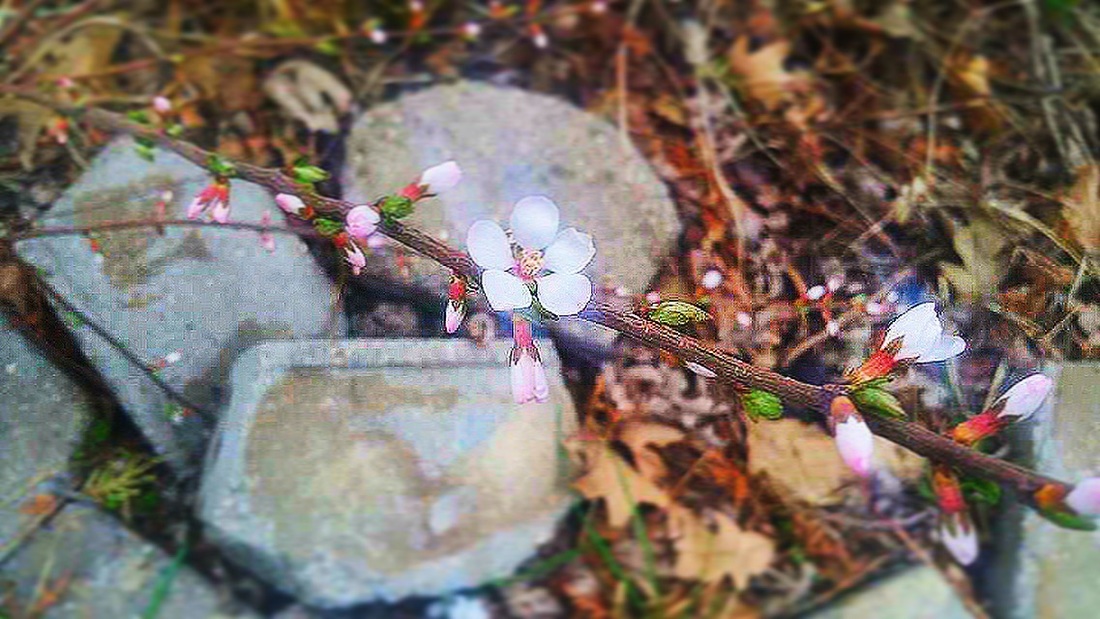
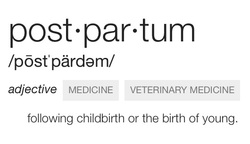
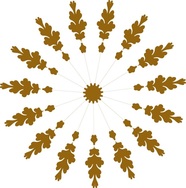

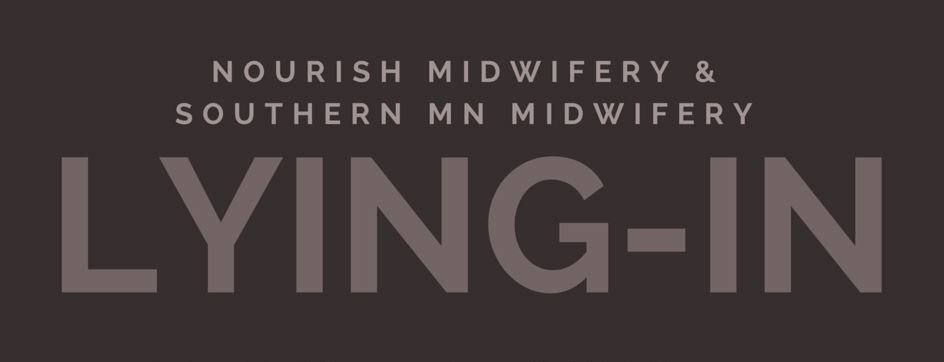
 RSS Feed
RSS Feed
